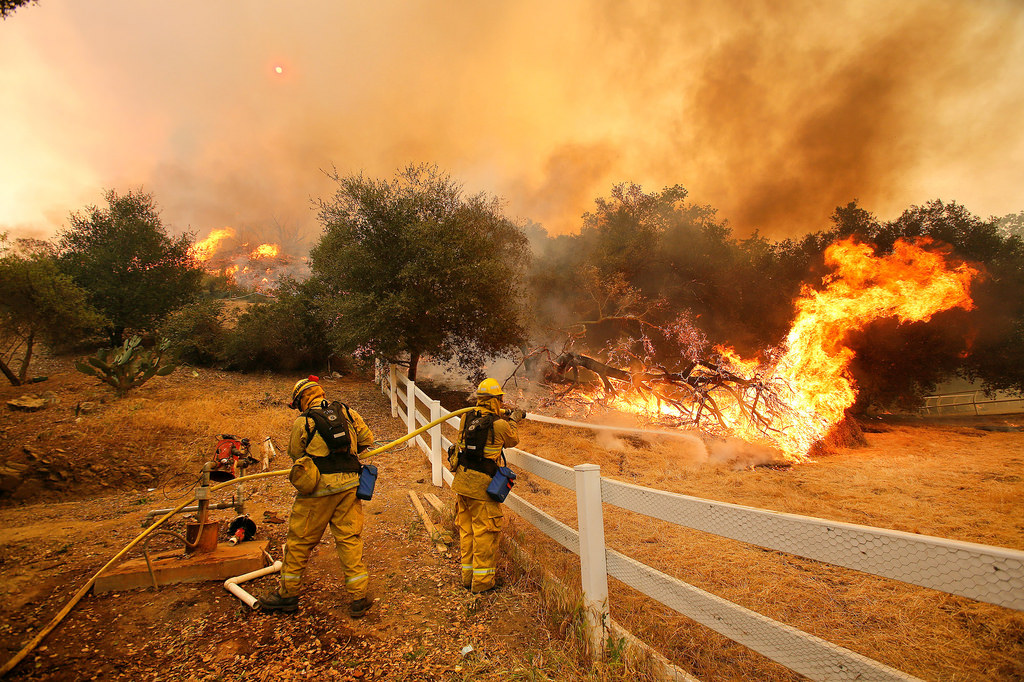California has always been prone to natural wildfires, but the 2017 fire season is shaping up to potentially break records. While firefighters are placed under increased pressure to contain fires and protect communities, some are questioning the utility of such processes.
From the first of the year to July, California has already seen double the acreage burned compared to the same time last year.
Heather Williams, the spokesperson for California’s Department of Forestry and Fire Protection, said in an interview with sfgate that the fires this year have “…to do with all the rain we had over the winter. With increased rain comes increased growth in vegetation.” Once temperatures rise, the new vegetation becomes dry and turns into nature’s perfect kindling.
September in California is nicknamed the “heat wave month.” On Aug. 31, temperatures soared into the triple digits, causing nearly 11,000 residents to lose power due to overloaded power grids. In the late afternoon, thunderstorms moved through Southern California, bringing thousands of lightning strikes and occasional brush fires.
The La Tuna fire combusted on Sept. 1, amid a sweltering heat wave and quickly became the largest fire by acreage in the city of Los Angeles. Among the 1,400 homes in immediate danger and the 700 families ordered to evacuate, only five homes were destroyed and by Sept. 5, 80 percent of the fire was contained.
The Los Angeles Fire Department assisted in containing the La Tuna fire, but according to The New York Times, anywhere from 50 to 80 percent of the fire personnel at any fire in the state are incarcerated women who fight fires for pay. During World War II, California invested in conservation camp programs. Inmates were sent to live and work there and participate in public work-relief programs. In 1946, the state opened Camp Rainbow to specifically house inmates to fight fires. Although underpaid — inmate firefighters earn a maximum of $2.56 a day when in camp and $1 an hour when fighting fires — inmates voluntarily join the conservation camps and feel pride in the work they do.
Some Californians and scholars across the country, though, think the practice of suppressing wildfires may not be worth it. Jennifer Marlon, a geographer at Yale University, said in an interview with The New York Times that “from an ecological standpoint, everything I’ve learned teaches me this is a good idea: Stop putting out fires.”
Not only do fires take the lives of those trying to contain them, but many animal species prefer the charred forest habitats. Fire-chaser beetles, for instance, sense infrared radiation from fires from miles away and travel that far to find them. Wildfires are an important part of the beetle’s life cycle because they can only lay their eggs in the freshly scorched trees.
California residents, firefighters and other species threatened by wildfires, whether directly or by containment practices, are reaching the peak of a record breaking fire season.
Information for this article was gathered from sfgate.com, nytimes.com, latimes.com and nationalgeographic.com.

